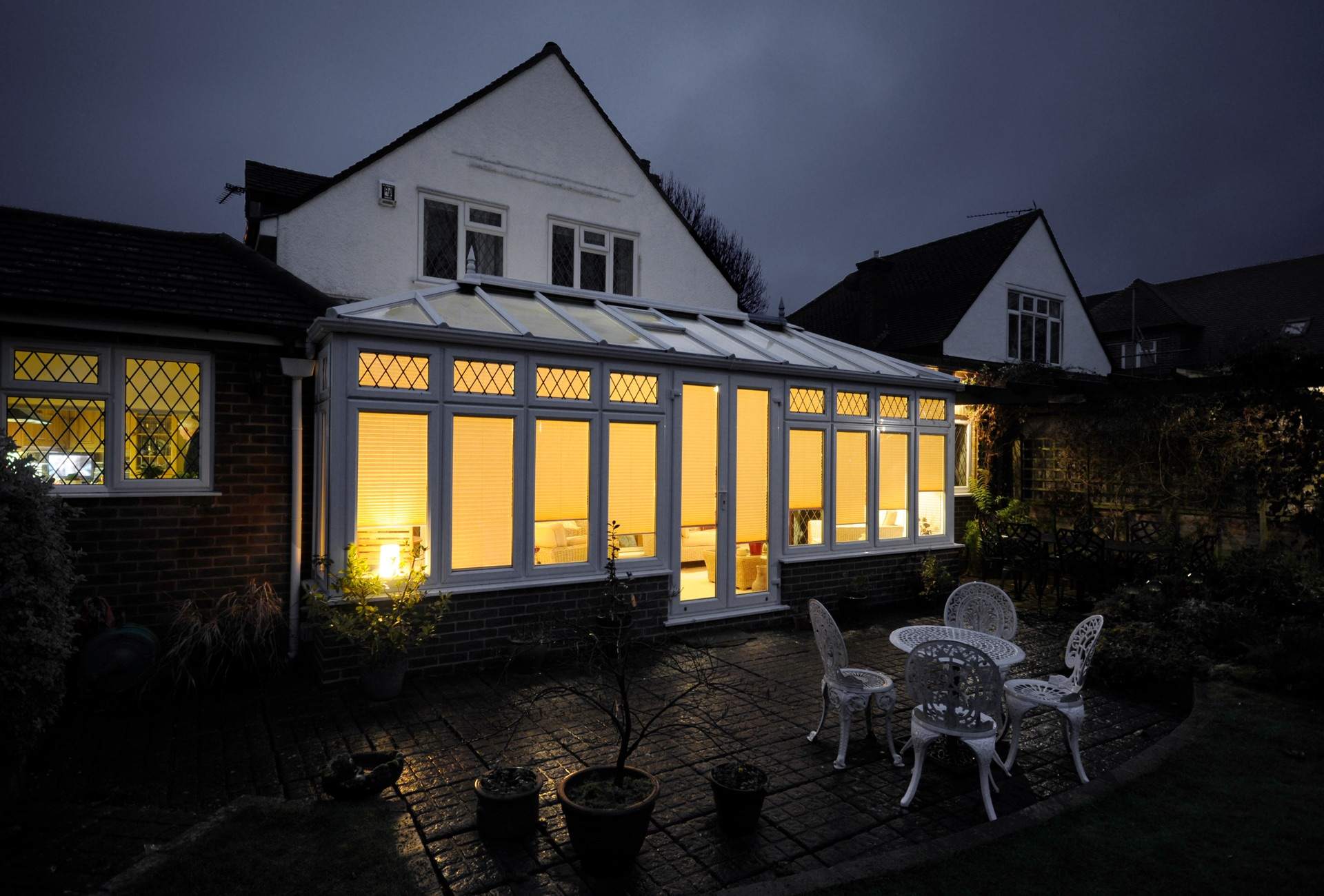CARE & MAINTENANCE FAQS
Click the questions to view the answers.
Because we aren’t a sales company we don’t have a “Customer Service Department” and therefore not every member of staff will be knowledgeable regarding your specific order.
Therefore we offer a unique online after-sales service and support section on our web site that answers every possible question you may have about how to operate and care for your blinds, as well as simple solutions to any problems.
Information on how to access our customer area is provided along with your blinds. If you are unsure how to access our customer area please contact us.
Because we have to travel to you in order to survey and install your blinds, there are many factors that can affect our exact arrival time (from traffic congestion to not knowing when we will leave our previous appointment) so, rather than offer a time that may turn out to be wrong, we tell you whether it is likely to be AM or PM.
If we think that we can give you an approximate idea of when we might arrive, then we may be able to suggest a 2-hour window for our estimated time of arrival, but these cannot be adhered to, so our Conditions of Sale specifically exclude any accuracy regarding time.
Our installers are happy to call you when they leave their previous appointment, so that they can give you a rough idea of the travelling time estimated by Satellite Navigation but, as well know, these can vary in accuracy.
We offer an optional annual service when you buy roof blinds, which is particularly recommended for remote control installations. We unclip your blinds, clean out any debris and make sure they are all working correctly, as well as re-applying silicone that cleans, de-greases and lubricates your roof blinds.
You can even use up your visits to resolve items not covered by guarantee, thereby avoiding any service call costs.
We visit you and carry out a full check on your blinds to ensure that they are in top condition, and carry out the following work …
- Blinds unclipped (normally from the top) and any loose debris shaken out
- Fixings, clips and brackets checked and replaced where necessary
- Cables wiped with silicone and re-tensioned as necessary
- Motors and drive cords checked to be fully operational
- Handset, programmers & transformer checked to be operational
- Blinds tested and work area swept clean on completion
- Battery replaced in your remote control handset
- Work area swept clean on completion
Only available for installations up to 4.5m high. Inaccessible roof blinds require access equipment to be provided.
You don’t need to stick to yearly visits either – they can be at any time. You can arrange your maintenance visit when you require – if you require a specific date, simply call or email us with at least 4 weeks’ notice.
Most people have their maintenance carried out before or after the summer ‘fly-season’ (before April or from late August onwards). We recommend the best times for annual maintenance, so that you get the maximum benefit, are in January/February and after the summer in September – November.
We ask that you complete your Complete Service Plan by no later than the end of the fifth year, so you are effectively making sure that your blinds are in top condition for at least 6 entire years, but this is not a rigid requirement.
We are honest when providing estimated timescales, so please bear with us.
If you have a Complete Service Plan with us, you can choose to use your maintenance visits any time within it’s five-year period. There are some parts of the year we recommend getting your visit if you want to get the most out of it.
We recommend:
The best times to get your maintenance visit is in January/February and after the summer in September – November. This is outside of the major ‘fly seasons’, and also periods when our installation team is less busy (especially in January & February), so there will not be as long a wait.
Try to avoid:
We do not recommend trying to arrange a maintenance visit during the summer months. This is both because it is during the fly season, so any dead insects we remove from behind the blinds may soon reappear, and also because it’s one of our busiest times of year, so it can take up to 8 weeks to get your visit.
Please keep in mind that whatever time of year you want your maintenance visit you will need to book it at least 4 weeks in advance – more if it during a busier period.
Mould will only tend to grow when the air in your conservatory is too cold and wet, and condensation has occurred.
Mould will only grow on organic material, meaning that it will only grow on the blinds if they are dirty.
If your conservatory shows signs of excessive condensation (which is normal when a conservatory is new and it is drying out) then keep your windows and blinds clean, but address the fact that your conservatory has insufficient ventilation and heating immediately.
Mould will only grow when the air in your conservatory is too cold and wet (referred to as Relative Humidity or ‘RH’) and condensation has occurred. It is a sure sign that your conservatory has inadequate heating and ventilation, most commonly localised to “cold spots” where there are concealed gaps or a small leak that is seeping in.
Mould only tends to occur in the presence of condensation. Condensation occurs when the RH is too high for the air temperature – the excess water condenses on to the nearest surface that is at or below the dew point temperature, for those conditions, which is commonly the glass of a conservatory.
For example, a typical winter evening could easily find that your conservatory has an air temperature of 16°C with a RH of 70% – with these conditions, by the time the air temperature reaches just 11°C the air would have a RH of 100% (saturation) and water droplets (condensation) will appear on walls, windows, floors and even furniture.
Mould requires the RH to exceed 70% for some time before it will start growing. General human comfort level is estimated between 30-60% RH within a temperature range of 18-25°C.
Mould takes the appearance of small black (most common), grey, or green spots on the wall or other surfaces. Mould is most commonly seen around window reveals, on external walls and at high level in external corners.
How to avoid condensation and mould
Improve ventilation so that the air circulates by drawing in fresh air from outside and expelling moist air from in your conservatory. This is most effectively created by ensuring you have adequate cross-ventilation and trickle vents. Without adequate ventilation, no other measures will cure the problem.
Avoid still air pockets and make sure that any unventilated areas are avoided: pay particular attention to corners, behind furniture that is close to an external wall or window, and ensure that you keep blinds and curtains open for a good portion of the day.
Check the conservatory for cold spots using a RF temperature probe. The joints between windows and at the eaves in a conservatory often have gaps that are concealed by 1mm thick UPVC trims, which are a common cause of cold.
Check your conservatory and house for leaks, particularly guttering and rainwater pipes as this can cause water to seep into your conservatory through the walls, or through tiny joints.
While it is good practice to leave windows open for an hour a day, just enough to encourage air circulation, do not leave them wide open for hours when the temperature is cold, as this will just add to the problem.
Conservatories are very poorly insulated compared to your home and do not meet the requirements of Part P of the Building Regulations in respect of heat loss (which is why they are currently exempt) so they are very much at risk of condensation.
Ensure that your conservatory is kept at a stable temperature that does not get too low. Consider background heating (e.g. underfloor heating) that is left on a thermostat to keep the air temperature above 15°C even at night. Your conservatory will be at its coldest around 3.00-5.00am.
What about conservatory blinds?
As we have seen, mould only grows in the presence of water, but it also requires organic material on which to live. The fabrics on most blinds are completely man-made (except pinoleum) which means that mould will only thrive on the fabric if it is dirty. The solution is therefore to keep your blinds clean at all times and not to allow condensation to occur.
Yes, if your blinds are outside of their guarantee or have been damaged, we are often happy to provide replacement parts for you to fit yourself. We can even provide advice by email or by phone to help you, if we think it’s not going to confuse the issue.
If you need a service call visit we have a scale of charges that reflect the time required and the urgency of the call. If you are willing to wait until we are literally passing, then we often won’t even make a charge for popping in.
If you need a replacement part then please contact us.







